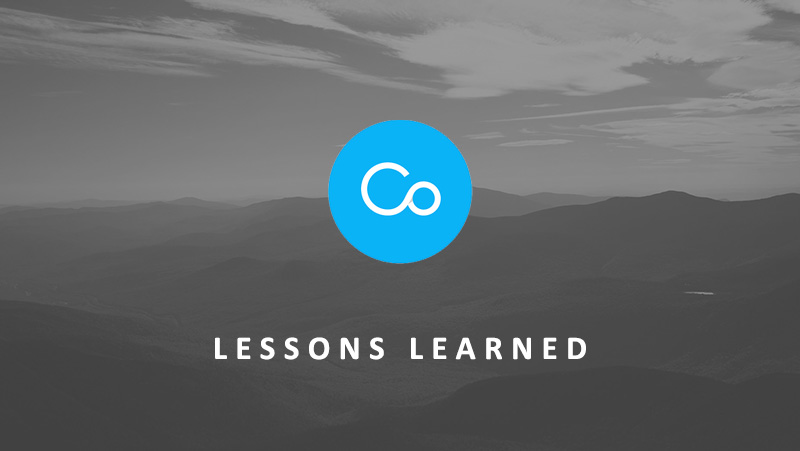Our Blog
Last month, the Vergys team attended Fosterly’s much-talked-about Collaborate conference—a convergence of government execs, DC insiders, start-uppers and change agents who have heard, and heeded, technology’s siren song. Sweet and seductive, the new wave of innovative thinking can easily lead one astray. So every now and then, it’s important to corral the troops, steady the pace, and find ways to cooperatively tackle today’s biggest challenges. Collaborate did just that. With its 2-day agenda and grand venue, the event started an important conversation between entrepreneurship, government, and technology (or, at least, turned up the volume). Here are 5 takeaways that stuck with us.
Before you ask, be sure to have a reciprocal offer.
Appropriately so, Collaborate offered an assortment of tips on how to synergize your way to success. This concept came to life through a simple technique introduced by moderator Erie Meyer, founding member of the United States Digital Service, “What’s your ask-and-offer?” Oh yeah. In today’s “gimme” economy, it’s easy to forget that partnerships, collaborations, and ventures should be two-way. The concept is so simple, but the best ideas always are. Each time you ask for something, have something of value to offer as well. This allows all parties to engage in mutually beneficial relationships. In short, don’t be a taker.
A more inclusive tech community is within our grasp. Just reach.
With back-to-back sessions on inclusivity, the elephant in the room was discussed with desperately-needed candor. The SRO “Fostering Inclusive Innovation and Entrepreneurial Ecosystems” provided an intimate setting to voice concerns and frustrations while “Toward a More Inclusive and Representative Technology Community” issued some flat out, hands-on, now-get-out-there-and-do-something tactics to ensure your tech workforce is diverse in every aspect. Tips include redacting resume info to minimize bias, creatively expanding search criteria to increase the candidate pool, leveraging employee referrals, and focusing on capabilities, not academic pedigree, to rate qualifications. No-brainers like these prove that historic excuses for not cultivating a diverse tech community are simply that.
Innovation in government is a mystery wrapped in an enigma.
Yes, we were all there to tackle big challenges, but if Rome wasn’t built in a day, surely it will take longer than two to build a smarter, more innovative government. Opposing forces include DC’s cutthroat contracting environment where, according to Montgomery County’s Chief Innovation Officer Dan Hoffman, companies are pitted against each other leaving little room for collaboration. Another obstacle: the Federal government’s lengthy budgeting process. GSA CIO Sonny Hashmi posed the question directly to the audience, “How can you innovate when you must budget two years in advance?” It was a riddle that remained unsolved and a reminder that everyone, from the programmer to the CIO, is stumped by the best path forward.
The GovIT all-stars are making critical gains. It’s time to follow the leader.
While the ultimate solution may remain elusive, we learned that some leaders in GovIT have developed impressive workarounds. And we use the term “leader” in its purest sense. Change agents like Dan Hoffman, Sonny Hashmi, and FCC CIO David Bray are fearlessly reinventing how the government does its IT business. During our brief chat, it was clear that each are passionate public servants determined to overcome bureaucratic obstacles and make the government work better. The path forward may be tricky, but we’re excited to partner with leaders who are paving the way.
Getting folks in one room is half the battle but much easier than you think.
In essence, Collaborate’s organizers believed that if all the players were in the same place at the same time, beautiful things would happen. But it doesn’t take an elaborate event with hundreds of attendees, world-famous speakers, and a Tesla Model S to start your own conversation. You can recreate the magic on a smaller scale by leveraging free social networking tools like Meetup to facilitate offline gatherings of like-minded folks. Beyond the reach of corporate pressures, such platforms provide what’s needed most—a safe space to inspire change, share ideas, and build relationships.
Ready to collaborate?



